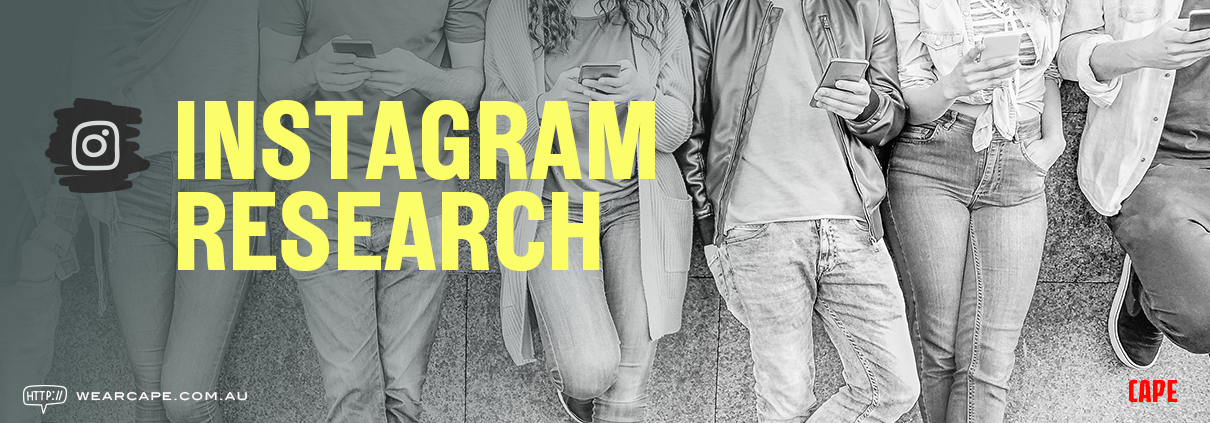Instagram Research (December 2019): Does having a business account lower your engagement?
Abstract: Instagram has a clear incentive to lower organic engagement rates (the number of people who see your posts) on business accounts because they want businesses to pay to reach people. In this research I tested this hypothesis. The results find some evidence to suggest that Instagram DOES lower organic reach on business accounts. The implications of my findings are that you should not switch to a business account on Instagram until you absolutely need to access the promoted post and other features. There are several caveats associated with the findings that I also discuss.
Introduction
Many businesses switch to a business account on Instagram to get access to a whole new set of tools not available to regular users, such as paid posts, a contact button, analytics, quick replies, story links, and others. If you’re a small business starting out or just a regular user it seems like there’s no harm switching to a business account to get these potentially useful features, right? (It’s very easy to switch -just swipe a button).
Well… maybe not – if you’ve identified yourself as a business by switching to the business account, you could argue that Instagram assumes you have money. Instagram will therefore make it more difficult for you to get your regular (organic) posts seen, to ‘motivate’ you to spend some of your money to promote your posts. What you end up with is lower organic engagement than if you had stayed on the personal account.
Obviously Instagram doesn’t disclose how their engagement algorithm works, and I am speculating, so I ran an experiment to test the idea that Instagram penalises business account organic reach.
Method
Data were collected on a 7-year-old Instagram account with 100 followers, 144 following, and 114 posts. Six carousel posts were posted on alternate days, 3 with the account set to personal, and 3 with the account set to business. Posting times were 6pm local time. No location was specified with the posts. Each post was available for 24 hours. Each post was pretested for entertainment value, emotions, general affect, arousal, self enhancement value, affinity, and willingness to share on self-report scales, enabling me to balance these factors across the conditions, and distribute any error across the three posts for statistical analysis. The number of images in each carousel was also balanced (average: 6). A set of 30 identical hashtags were used for each post (the maximum number).
The theme of the posts was old memes, and generally each series of images told a story (like a comic strip). Each post was either humorous or thought provoking.
Figure: Instagram carousel examples


Results
The metric for analysis was likes. Share data were insufficient for analysis. T-tests were used to compare the number of likes between each group (personal vs. business).
The results found the business group posts had significantly less likes (M = 4.00; SD = 1) than the personal group posts (M = 7.67; SD = 2.02), t(4) = -2.75, p = .051.
Discussion
The results lend support to my hypothesis that Instagram business accounts have lower organic engagement than Instagram personal (default) accounts.
The main implication of this study is that people should not switch to the business account on Instagram unless they intend to use the pay features (sponsored posts, advertising), or really need the other features such as analytics (a hard argument to justify imho).
It might make better sense, even if you are a business, to stay on the personal account to maximise your engagement, then move over to business once you have a decent system setup, and of course a budget. But even then, as a business you don’t want to be promoting every single post… and frankly you shouldn’t need to.
Limitations
There are limitations of this study. First and foremost, the sample size was used for analysis was very small (low power). Accordingly, we might expect to find different results using a greater number of posts. Efforts were made to distribute the error across each condition however, adding some degree of internal validity.
There are also several variables that are difficult to control, and accordingly you could argue for alternative explanations for my findings. There are many moving parts, and while I did my best to control for potential confounds, my results should be interpreted with caution. Account history (prior engagement) for example might produce different results.

Consumer Psychologist | Marketing Academic University of Melbourne







